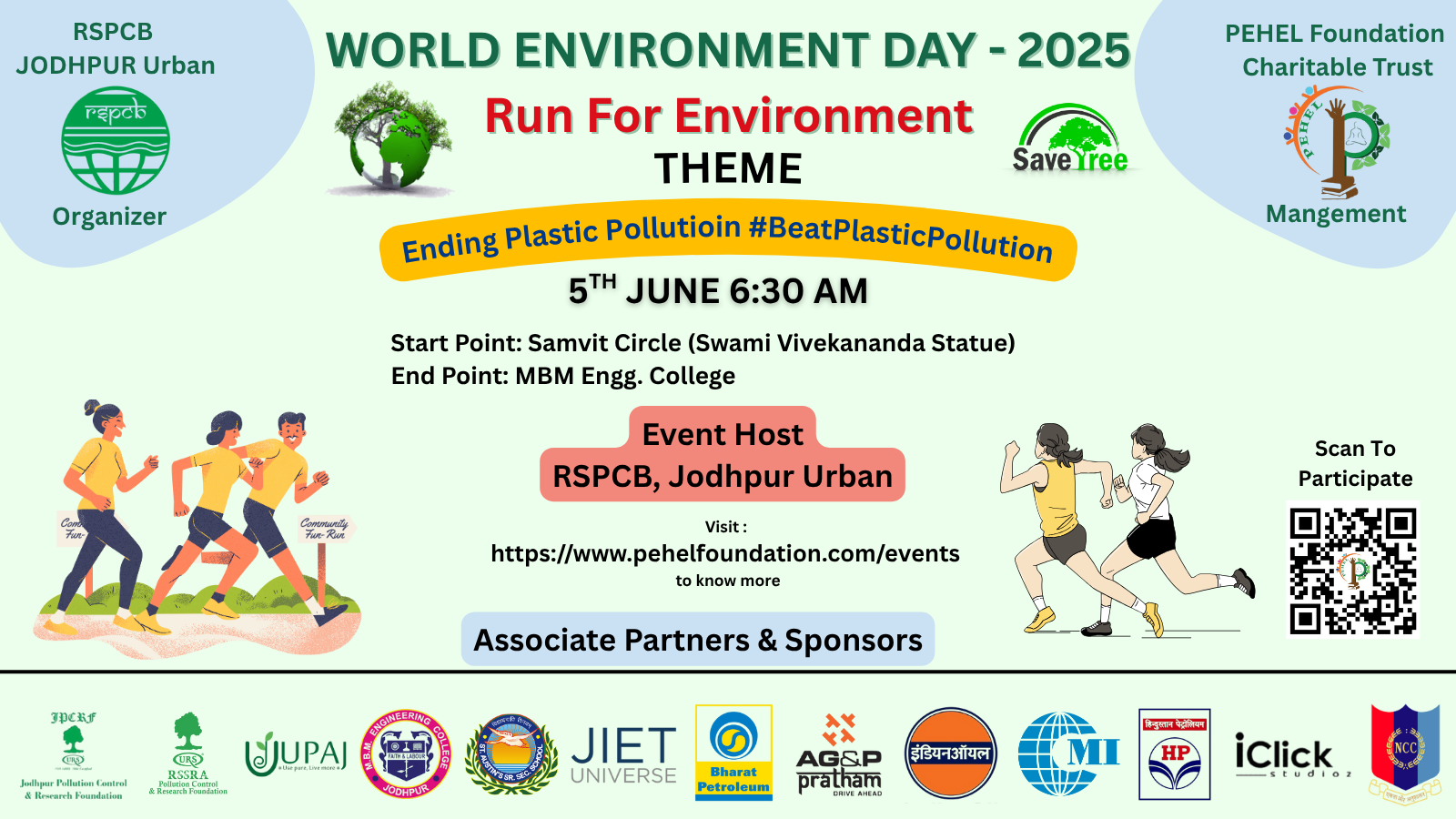3R PRINCIPLE
Introduction The 3R principle—Reduce, Reuse, and Recycle—is a key concept in waste management and environmental sustainability. It encourages individuals, businesses, and governments to minimize waste, extend the life of products, and convert waste into reusable materials. With increasing environmental challenges such as pollution, deforestation, and climate change, implementing the 3R principle is crucial for a sustainable future. This article explores each component of the 3R principle, its significance, benefits, challenges, and ways to implement it effectively.
Understanding the 3R Principle The 3R principle is a hierarchical approach to waste management that prioritizes actions to minimize environmental impact:
-
Reduce - The first and most effective step in waste management, reducing involves limiting waste generation by using resources more efficiently.
-
Reuse - The second step focuses on extending the lifecycle of products by repurposing or refurbishing them.
-
Recycle - The last step involves processing used materials to create new products, reducing the need for raw materials.
Reduce: Minimizing Waste at the Source Reduction is the most effective way to manage waste as it prevents waste from being created in the first place. This can be achieved by:
-
Using Fewer Resources - Opting for digital communication instead of paper, reducing packaging, and purchasing only necessary items.
-
Energy and Water Conservation - Using energy-efficient appliances, reducing water wastage, and adopting sustainable transportation methods.
-
Sustainable Consumption - Supporting companies that prioritize eco-friendly production and sustainable materials.
-
Smart Shopping - Choosing products with minimal packaging, buying in bulk, and avoiding disposable items.
Reuse: Extending the Life of Products Reusing products reduces the demand for new raw materials and minimizes environmental pollution. Common ways to reuse include:
-
Repurposing Household Items - Using glass jars as storage containers, repurposing old clothing into cleaning rags, and refurbishing furniture.
-
Donating and Selling Used Goods - Donating clothes, books, and electronics to charities or selling them through second-hand markets.
-
Refilling and Repairing - Refilling ink cartridges, repairing appliances, and maintaining vehicles to extend their lifespan.
-
Creative Upcycling - Transforming waste materials into new and functional items, such as making bags from old denim.
Recycle: Converting Waste into New Materials Recycling involves processing used materials to create new products, reducing the extraction of raw resources and lowering environmental impact. The recycling process includes:
-
Collection and Sorting - Segregating recyclables like paper, plastic, glass, and metal for proper disposal.
-
Processing and Manufacturing - Transforming waste materials into new products such as recycled paper, plastic bottles, and metal cans.
-
Composting Organic Waste - Converting food scraps and garden waste into compost for agricultural use.
-
E-waste Recycling - Recovering valuable metals from discarded electronics to reduce toxic waste in landfills.
Benefits of the 3R Principle The 3R principle offers numerous environmental, economic, and social benefits:
-
Environmental Conservation - Reduces landfill waste, conserves natural resources, and lowers greenhouse gas emissions.
-
Energy Savings - Recycling requires less energy than producing new materials from raw resources.
-
Pollution Reduction - Minimizes air, water, and soil pollution caused by waste disposal and resource extraction.
-
Economic Benefits - Creates job opportunities in waste management and recycling industries.
-
Community Well-being - Encourages sustainable living and improves public health by reducing exposure to pollutants.
Challenges in Implementing the 3R Principle Despite its benefits, several challenges hinder the widespread adoption of the 3R principle:
-
Lack of Awareness - Many people are unaware of proper waste segregation and recycling methods.
-
Inadequate Infrastructure - Poor waste collection and recycling facilities in many regions.
-
High Costs of Recycling - Some recycling processes require expensive technology and energy-intensive procedures.
-
Consumer Behavior - People often prefer convenience over sustainability, leading to increased waste generation.
-
Government Regulations - Weak enforcement of waste management policies in some countries.
Ways to Promote the 3R Principle To effectively implement the 3R principle, individuals, businesses, and governments must work together:
-
Education and Awareness Campaigns - Conducting workshops, school programs, and social media campaigns to educate people on waste management.
-
Government Policies and Regulations - Enforcing waste reduction laws, banning single-use plastics, and providing incentives for sustainable practices.
-
Corporate Responsibility - Encouraging businesses to adopt eco-friendly packaging, reduce industrial waste, and support recycling initiatives.
-
Community Participation - Organizing cleanup drives, recycling programs, and waste management projects at the local level.
-
Technological Advancements - Investing in innovative recycling technologies and promoting the use of biodegradable materials.
Global Initiatives and Success Stories Several countries and organizations have successfully implemented the 3R principle:
-
Sweden’s Waste-to-Energy System - Sweden converts almost all of its waste into energy, reducing landfill dependency.
-
Japan’s Circular Economy Model - Japan has stringent waste segregation policies and high recycling rates.
-
Germany’s Green Dot Program - A packaging recycling system that encourages manufacturers to take responsibility for waste management.
-
India’s Swachh Bharat Abhiyan - A cleanliness drive promoting waste reduction and proper disposal practices.
-
UN’s Sustainable Development Goals (SDGs) - Goal 12 focuses on responsible consumption and production through the 3R principle.
Future Trends in 3R Implementation As technology advances, new trends are emerging in waste management:
-
Smart Waste Bins - Sensor-based bins that optimize waste collection and segregation.
-
Biodegradable Alternatives - Development of eco-friendly packaging materials to replace plastics.
-
Artificial Intelligence in Recycling - AI-based sorting systems for efficient recycling operations.
-
Blockchain for Waste Management - Transparent tracking of waste generation and recycling efforts.
-
Zero-Waste Communities - Cities and towns adopting policies to achieve near-zero waste generation.
Conclusion The 3R principle—Reduce, Reuse, and Recycle—is a fundamental strategy for sustainable waste management. By prioritizing waste reduction, promoting reuse, and improving recycling systems, societies can significantly minimize environmental impact. Governments, businesses, and individuals must work collaboratively to integrate the 3R principle into daily life. Through education, innovation, and effective policies, we can pave the way for a cleaner, greener, and more sustainable future.




